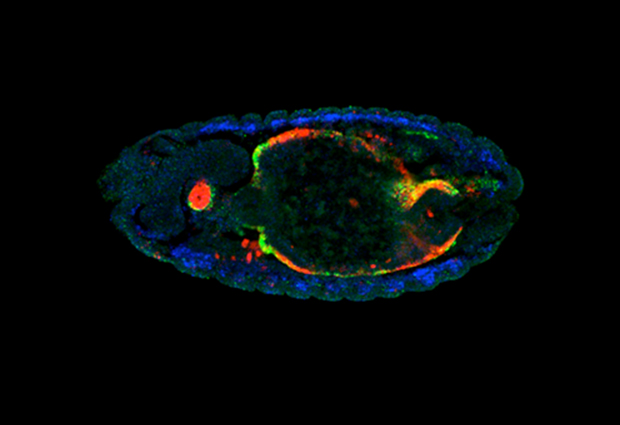
Futures: Genome regulation
As part of a series marking the tenth anniversary of the European Research Council, ERC grantee Eileen Furlong shares her vision for the next ten years


I’m fascinated by the question of how the genome is regulated in a developing embryo. We know that a large part of our genome is involved in regulating gene activity, and differences in this activity are crucial in determining the way cells develop into different cell types, ultimately forming the diverse range of tissues in our body. It’s a complex process but errors are surprisingly rare, so we’d like to understand how this regulation of embryonic genes can be so precise.
To understand genome regulation, we need to study the three-dimensional arrangement of regulatory elements and genes within the nucleus of the cell. At present, the two main methods for doing that are genomics and microscopy. With genomics techniques, it’s possible to survey the entire genome at a very high molecular resolution, but most of the time you can only measure things in bulk, averaged over thousands or millions of cells. Using light microscopy you can look at a single cell and observe the dynamics of these processes, but you can only study a few regions of the genome at a time and only ones that are spaced far enough apart in the nucleus. Over the next five years, as microscopes reach higher resolution and genomics moves to single-cell methods for studying genome regulation, these two views will merge. It would be really exciting to get to a point where we could observe the regulation of individual genes live in a developing embryo.
We’d like to understand how this regulation can be so precise
Computer modelling is also important, as it allows us to test whether we have an accurate picture of all the regulatory steps occurring in the embryo, or whether there are aspects we have missed. Ultimately I’d like to be able to model the whole process of genome regulation and gene expression. We don’t know if that’s possible yet, but in ten years I hope we’ll have an answer.

The European Research Council (ERC) is a European funding body that offers substantial five-year grants to support researchers at all stages of their careers. Inspired by the ERC’s tenth anniversary in 2017, we asked some of EMBL’s ERC grantees to look ahead another ten years and share their vision for their field of research.


